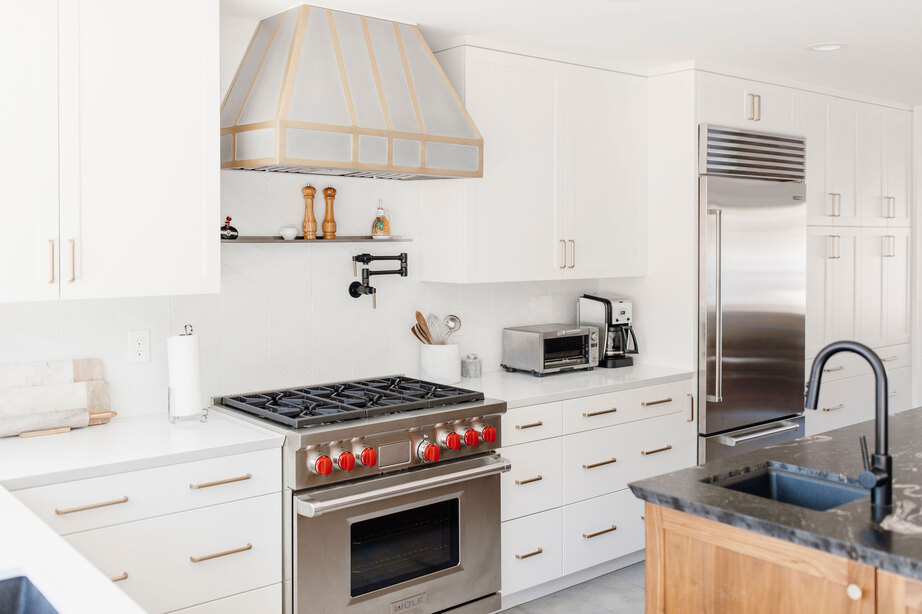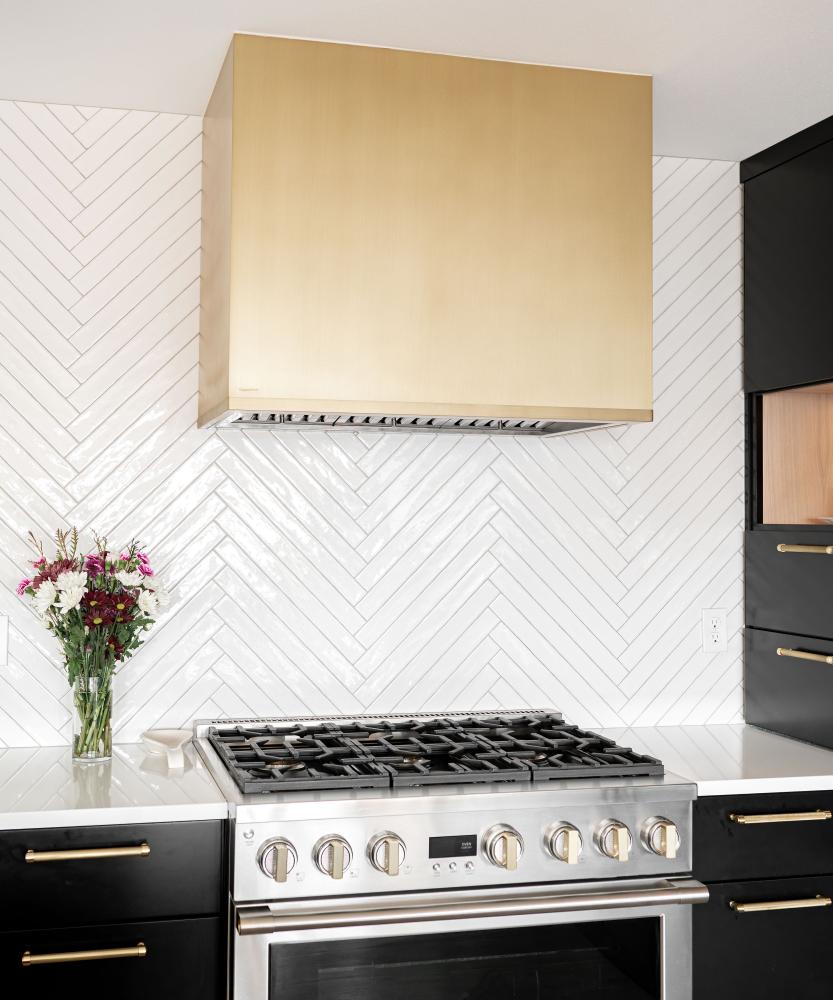Installing a gas range can be an exciting upgrade to your kitchen. They offer precise temperature control and a classic cooking experience that many cooks prefer. But before investing in a new range, it’s important to think about ventilation requirements. For example, do gas ranges require venting? The short answer is yes, but let’s explore why that is.
Why Do Gas Ranges Require Venting?

Just like other types of ranges, gas models need ventilation to manage the byproducts of cooking. But with gas, the need is even greater because combustion also produces harmful gases. Each time you cook, a gas range releases heat, water vapor, grease particles, and smoke into the air. Without ventilation, these elements linger in your kitchen, making the space feel humid or sticky and harder to keep clean.
Proper venting also protects your home’s surfaces from long-term buildup and keeps the kitchen more comfortable. Over time, poor ventilation can discolor walls and cabinets, trap odors in fabrics, and create an environment that feels less fresh and inviting.
How Do Gas Ranges Affect Indoor Air Quality?
While smoke and odors are inconvenient, the bigger concern with gas ranges is their effect on the air you breathe. The combustion process releases pollutants such as nitrogen dioxide (NO₂), carbon monoxide (CO), and even formaldehyde. These gases can remain in your home for hours after cooking and are linked to health issues such as asthma flare-ups, headaches, and reduced lung function over time.
Children and older adults are especially vulnerable to poor indoor air quality because their lungs are more sensitive. Even short cooking sessions can raise pollutant levels high enough to impact health if no ventilation is used.
By removing these pollutants at the source, venting solutions like ducted range hoods significantly improve indoor air quality. For families that cook often with gas, investing in effective ventilation ensures that the kitchen remains a safe and healthy part of the home.
What Are the Venting Options for Gas Ranges?

There are two main types of range hood venting systems: ducted (vented) range hoods and ductless (recirculating) range hoods.
Ducted Hoods
Ducted hoods are the most effective at removing combustion gases, smoke, and odors because they vent outside. This is usually the preferred choice for gas ranges, but they require professional installation if you don’t have existing vents. Ducted systems also tend to be quieter since the exhaust fan is located outside or away from the kitchen.
Ductless Range Hoods
Ductless range hoods, on the other hand, pull air through charcoal or carbon filters to clean it before recirculating it back into your kitchen. While easier to install and often less expensive, ductless hoods don’t remove harmful gases or humidity as effectively as ducted models, making them less ideal for gas cooking. However, they are a practical option for homes where installing ductwork is not feasible.
How To Meet Venting Requirements for Gas Ranges
A well-designed hood not only improves air quality and safety but also becomes a defining feature of your kitchen. At World CopperSmith, we specialize in creating custom range hoods that deliver both performance and beauty. With a wide variety of metals, finishes, and textures, our hoods are crafted to match your kitchen’s style while meeting functional needs.
Contact CopperSmith today to explore custom range hood options that enhance your kitchen’s design while meeting gas range venting requirements.
